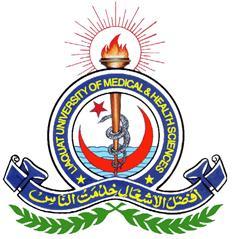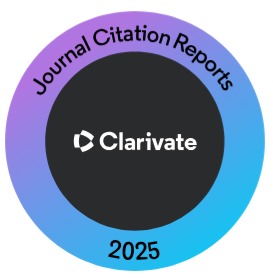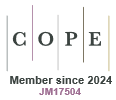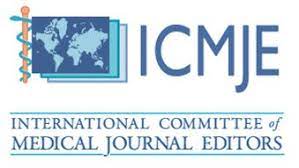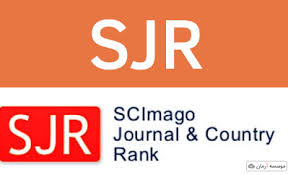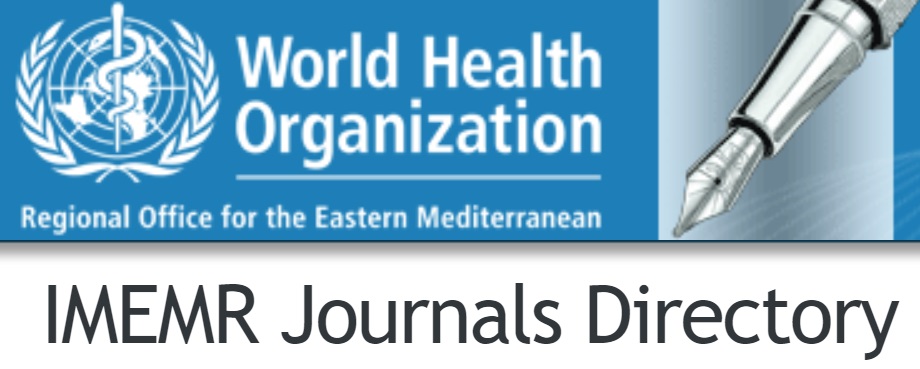PPROM and Chorioamnionitis following E. Coli UTI - A Case Report
Keywords:
PPROM, UTI, maternal sepsis, chorioamnionitis, E. coliAbstract
A female patient, 38 years old, G2+P0+A1, at 20 weeks plus six days of gestation, was admitted to the emergency with a complaint of watery vaginal discharge for the last 72 hours. There was a hind-water rupture of membranes, and the AmniSure test was positive. She had an OPD visit about a month back, and during that visit, her urine was sent for culture and sensitivity report, which showed E. coli, but she had not taken treatment as she did not come back. Her emergency room baseline labs were in the normal range, and high vaginal swab (HVS) and urine culture and sensitivity results returned negative later. She was asymptomatic for chorioamnionitis. A prophylactic antibiotic was started. Two days later, she developed a fever. She was counseled about septicemia and the risk of maternal death, but she refused. A few hours later, she expelled the fetus and went into hypotension. ERPC (Evacuation of retained products of conception) was done, and one unit of packed red cells was transfused. She was shifted to the ICU. Broad-spectrum IV antibiotics were started. All inflammatory markers were high during her illness. Chest X-ray showed bilateral pleural effusion. She stayed in the ICU for three days and was then discharged.
The objective is to discuss a case of septicemia due to preterm premature rupture of membranes (PPROM) and chorioamnionitis, probably following a urinary tract infection (UTI) caused by E. coli, and its management.
References
Goodfellow L, Care A, Curran C, Roberts D, Turner MA, Knight M, Zarko A. Preterm prelabour rupture of membranes before 23 weeks’ gestation: prospective observational study. BMJ Med. 2024; 3(1): 1-13.
Carter SW, Neubronner S, Su LL, Dashraath P, Mattar C, Illanes SE et al. Chorioamnionitis: an update on diagnostic evaluation. Biomedicines. 2023; 11(11): 1-18.
Ayoub S, Tasneem M, Pathan S, Shoukat S, Kaleem R, Fazal K. To Determine the Frequency of Urinary Tract Infection in Women with Preterm Premature Rupture of Membranes: Frequency of UTI in Women with PPROM. PJHS. 2023; 122-5.
Rahman MN, Liligoly RD, Pangastuti N. Urinary tract infection in premature rupture of membrane (PROM): an academic hospital-based study. J Med Sci. 2019; 51(1): 31-5.
Lai YJ, Hsu TY, Lan KC, Lin H, Ou CY, Fu HC et al. Asymptomatic pyuria in pregnant women during the first trimester is associated with an increased risk of adverse obstetrical outcomes. Taiwan J Obstet Gynecol. 2017; 56(2): 192-5.
Ansaldi Y, de Tejada Weber BM. Urinary tract infections in pregnancy. Clin Microbiol Infect. 2023; 29(10): 1249-53.
Mikula F, Wimmer M, Farr A, Leitich H, Ebner J, Grill A et al. Vaginal Microbial Colonization after Antibiotic Treatment in Women with Preterm Premature Rupture of Membranes: An Observational Cohort Study. J Clin Med. 2023; 12(23): 1-12.
Sadaqat A, Rathore S, Sultan N, Mushtaq R, Mahmood S. How Accurate are the Clinical and Biochemical Markers in Predicting Histological Chorioamnionitis After PPROM? Esculapio. 2022; 18(4): 516-20
Sahoo M, Das OA, Gandhi RR, Panigrahi S. Prevalence and outcome of preterm premature rupture of membrane (PPROM) in pregnancy. Int J Acad Med Pharm. 2022; 4(4): 489-93.
Daghestani MH. Septicemia caused by Enterococcus coli in a pregnant woman after cerclage—A case report. SAGE Open Medical Case Reports. 2024; 12: 1-4
Saghafi N, Pourali L, Ghazvini K, Maleki A. Cervical bacterial colonization in women with preterm premature rupture of membrane and pregnancy outcomes: A cohort study. IJRM. 2018; 16(5): 341.
Diraviyam JMV, Lalithambica K. Maternal and perinatal outcome in preterm premature rupture of membranes. Int J Reprod Contracept Obstet Gynecol. 2017; 6(6): 2498-2502.
Downloads
Published
How to Cite
Issue
Section
License
Copyright (c) 2025 Journal of Liaquat University of Medical & Health Sciences

This work is licensed under a Creative Commons Attribution-NonCommercial-ShareAlike 4.0 International License.
Submission of a manuscript to the journal implies that all authors have read and agreed to the content of the undertaking form or the Terms and Conditions.
When an article is accepted for publication, the author(s) retain the copyright and are required to grant the publisher the right of first publication and other non-exclusive publishing rights to JLUMHS.
Articles published in the Journal of Liaquat University of Medical & health sciences are open access articles under a Creative Commons Attribution-Noncommercial - Share Alike 4.0 License. This license permits use, distribution and reproduction in any medium; provided the original work is properly cited and initial publication in this journal. This is in accordance with the BOAI definition of open access. In addition to that users are allowed to remix, tweak and build upon the work non-commercially as long as appropriate credit is given and the new creations are licensed under the identical terms. Or, in certain cases it can be stated that all articles and content there in are published under creative commons license unless stated otherwise.


